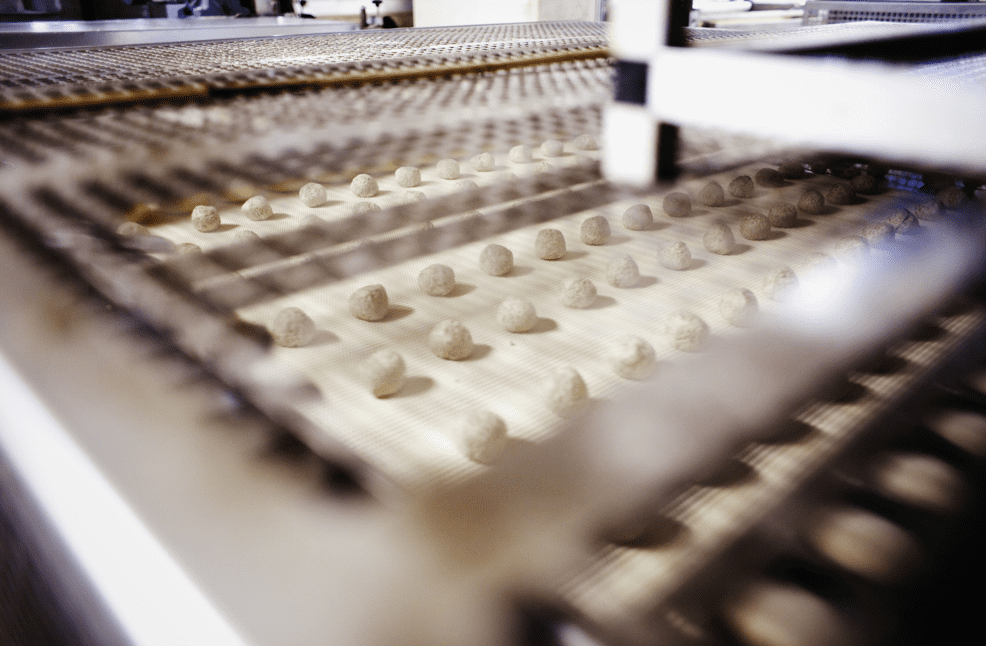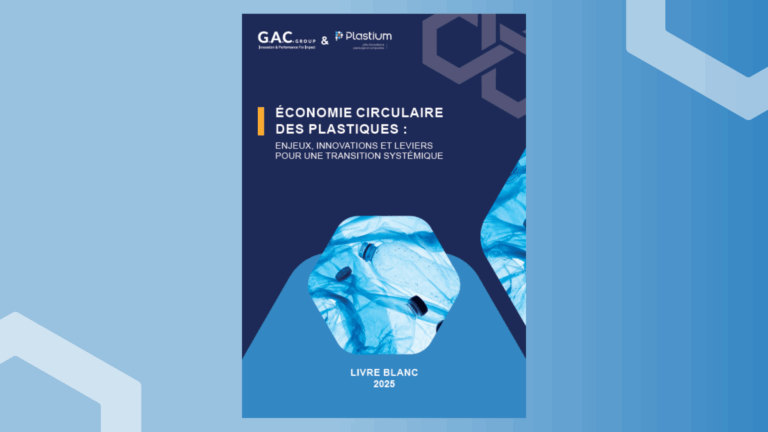At a time when awareness of the importance of health is on the rise, the quest for natural food consumption has become much more than a trend it's a lifestyle choice for many. In recent years, consumers have increasingly sought out foods that are not only nutritious, but also perceived as "natural". This shift in preference has triggered a wave of research into what constitutes naturalness in foodhow it affects consumer choice and the impact of food processing technologies on the perceived naturalness and nutritional value of food products.
The agri-food industries have a duty toorient their processes towards healthier choices and the use of technologies innovative transformation. However, the notion of naturalness can be difficult to grasp for the end consumer.
This non-exhaustive summary is based on a series of targeted scientific publications which cover :
- the perception of naturalness of food products by consumers;
- a tool for measuring naturalness: theFood Naturalness Index (FNI)
- of recent innovation paths opening up new perspectivesnew colorants, natural preservatives and functional ingredients, and new physical transformation technologies.
Also in this article:
Understanding consumer preferences: what is naturalness?
Consumers are largely unanimous in their preference for natural foods. However, the definition of what is "natural" can vary This poses challenges for the consensual definition and understanding of the concept. Indeed, there is currently no no legal definition of the term "naturalness of foods".which is a complex, multi-faceted principle. The notion of naturalness is often associated with the origin of the food and its cultivation, the methods used in its processing and the characteristics of the finished product.
Battachi's (2020) review provides guidelines for targeting factors that are more or less consensual depending on scientific journals and official government recommendations: raw material (natural vs. artificial), the transformation, the agricultural practices (organic farming vs. pesticides / genetically modified organisms) and theenvironmental impact of the food life cycle. Moreover, authors Espinosa-Brisset et al (2023) concluded that the method of processing (industrial vs. home-made) fruit seems to have more impact on consumer preferences than the method of cultivation (conventional vs. organic farming).

The ingredients used play an important crucial role in perceived naturalness. The development ofFood Naturalness Index (Food Naturalness Index - FNI) is a significant step towards quantifying the degree of naturalness of a product. based on farming practices, absence of additives and level of processing (Sanchez-Siles et al. 2019). This tool can guiding food manufacturers in product reformulation to meet consumer demand for greater transparency while providing a basis for regulating claims for the term "natural" in food marketing. Michel et al (2021) demonstrated that the FNI score based on label data correlates well with consumers' perception of naturalness.
New opportunities for innovation to accelerate naturalness in the food industry
Choosing effective natural colorants

The natural food pigments are another area of interest, with research focusing on extraction methods, the physiological functions and the potential of natural colorants to replace synthetic ones. Visit non-thermal treatments are being explored to preserve natural pigments and maintain the color of plant matrices during processing (Nowacka et al., 2021).
Investigate the application potential of natural preservatives and functional ingredients
The trend towards naturalness extends to food preservatives and functional ingredients. Natural preservatives derived from plant materials and functional ingredients such as plant protein isolates as emulsifiers are attracting a great deal of attention (Woojeong et al. 2023). These natural alternatives not only improve the safety and shelf life of food products, but also provide health benefits.
Defining the balance between food safety, functionality and naturalness through new processing technologies
The application of new conservation technologies reduces the need for preservatives. Indeed, certain emerging processing technologies such as the high-pressure treatment (High Pressure Processing - HPP) offer the promise of safer foods with increased shelf life without compromising their naturalness attribute (Arnaud, 2017, Nielsen et al., 2009). These technologies are perceived as environmentally friendly and capable of producing more natural foods. They include, for example, technologies involving physical principles (ingredient size reduction, use of pulsed electric fields, irradiation, etc.) (Battachi et al, 2020).

It is interesting to note that in the in the case of dairy products, food processing seems more accepted as natural than for other food categories (Coppola, Verneau, 2010). However, consumers can quickly associate the notions of "ultra-processed" and "addition of artificial ingredients", which is detrimental to the development of innovative processes. Chemical processes, on the other hand, are the least popular..
Perception of the naturalness of industrial foods: what are the prospects?
The exploration of understanding and improving the naturalness of our food is ongoing. Visit future research should delve deeper into the themes of consumer perception of naturalness and the impact of non-thermal processing technologies on food safety and sensory properties. The development of natural alternatives for additives and colorants is also helping to meet consumer expectations. The food industry must make the choice to prioritize transparency and communication to align with consumer values and ensure the success of natural food products.
Summary written by

Cécilia ARNAUD
Innovation Consultant
References :
- Arnaud, Cécilia (2017), Elaboration of novel foods by high pressure: technical and legal study. PhD thesis. Nantes, Ecole nationale vétérinaire.
- Banach et al (2021), The Chemical and Cytotoxic Properties of Sambucus nigra Extracts-A natural food Colorant
- Battacchi et al (2020), The state of the art of food ingredients' naturalness evaluation: A review of proposed approaches and their relation with consumer trends.
- Coppola and Verneau (2010), Naturalness and Consumer Choices: The Case of Microfiltered Milk
- Dicksonspillmann et al (2011), Attitudes toward chemicals are associated with preference for natural food
- Din et al (2021), Shelf Life Extension of Mango Fruit by using non-preservative Technique
- Espinosa-Brisset, Lucia, Pénicaud, Caroline, Souchon, Isabelle, et al. (2023) Exploring consumer perceptions and familiarity on apple production and processing under different conditions: conventional, organic, home-made, artisanal and industrial. British Food Journal, 2023, vol. 125, no 11, pp. 3929-3952.
- Evans and De Challemaison (2010), Consumers ratings of the natural and unnatural qualities of foods
- Hartmann et al (2022), Consumers' evaluation of the environmental friendliness, healthiness and naturalness of meat, meat substitutes, and other protein-rich foods.
- Jian-xin Zhou (2006), Reviews on Research Progresses, Actual Problem and Prospects on natural food Preservatives from Plant Materials
- Klerks et al (2022), Baby, children, and adult cookies. Differences in nutritional quality and naturalness
- Klerks et al (2023), Are cereal bars significantly healthier and more natural than chocolate bars? A preliminary assessment in the German market
- Kim et al (2020), Dairy and plant proteins as natural food emulsifiers
- Mahmood et al (2023), Effects of emerging food pretreatment and drying techniques on protein structures, functional and nutritional properties: An updated review.
- Mapari et al (2010), Fungal polyketide azaphilone pigments as future natural food colorants
- Michel et al (2021), Predicting how consumers perceive the naturalness of snacks: The usefulness of a simple index.
- Ngo and Shahidi (2021), Functional properties of protein isolates from camelina (Camelina sativa (L.) Crantz) and flixweed (sophia, Descurainis sophia L.) seed meals
- Nielsen et al. (2009), Consumer perception of the use of high pressure processing and pulsed electric field technologies in food production
- Nowacka et al (2021), Effect of nonthermal treatments on selected natural food pigments and color changes in plant material.
- Plaza et al (2009), Innovative natural functional ingredients from microalgae
- Roman and Sanchezsiles (2017), The importance of food naturalness for consumers: results of a systematic review
- Sadler et al (2021), Processed food classification: Conceptualisation and challenges
- Sánchez-siles et al (2019), The food naturalness Index (FNI): An integrative tool to measure the degree of food naturalness.
- Shui-ju Zhang (2014), Research advances of natural food pigment
- Wan et al (2009), Advances in innovative processing technologies for microbial inactivation and enhancement of food safety pulsed electric field and low temperature plasma
- Yan-ping Cao (2011), Developments and situation of ultrasonic technology in food industry
- Zhang Hui (2012), Review of the natural functional ingredients for decreasing blood glucose level
A solution for all your company's innovators
This study was carried out thanks to ideXlab open innovation platformwhich made it possible to source and assemble high-quality scientific and technical publications. IdeXlab offers a unique opportunity to share and capitalize on knowledge, while facilitating access to solid, global research, essential to meeting tomorrow's challenges in the agri-food sector. The ideXlab solution also makes it possible to foster fruitful collaborations between industry and academia contributing to the advancement of research into natural foods and processing technologies.








